
The Majestic Alsahareej Water Tanks: A Historical Marvel
Discover the Alsahareej Water Tanks in Aden, Yemen—a historical landmark showcasing ancient engineering in a breathtaking setting.
Explore the fascinating Alsahareej Water Tanks in Aden, Yemen, a stunning historical landmark that showcases the ingenuity of ancient water management. These impressive structures not only provide a glimpse into the region's rich history but also offer breathtaking views, making them a must-visit for any traveler.
A brief summary to Alsahareej (Water Tanks)
- Q2FH+MHR, Aden, YE
Local tips
- Visit early in the morning or late afternoon for the best lighting for photography.
- Wear comfortable shoes as the terrain may be uneven around the tanks.
- Don’t miss the chance to chat with locals for insights on the history of the tanks.
- Bring water and snacks, as amenities are limited in the area.
Getting There
-
Walking
If you are starting from the central area of Aden, such as the Al-Mualla district, head east towards the main street, Al-Rawda Street. Walk along Al-Rawda Street until you reach the junction with Al-Madaris Street. Turn right onto Al-Madaris Street and continue straight. You will pass by local shops and cafes, which can provide a good opportunity to experience local culture. After about 10-15 minutes of walking, you will reach the main road. Cross the road carefully and continue straight until you reach a large roundabout. At the roundabout, take the second exit onto Al-Halqi Street. Follow this street for approximately 1 kilometer. As you approach the location, you will see signs for Alsahareej (Water Tanks) on the left side. The tanks are located just off the main road, and you should be able to spot them easily from a distance.
-
Public Transport (Bus)
From the area of Al-Mualla, you can take a local bus heading towards Al-Tawahi. Board the bus and inform the driver that you need to get to the Water Tanks. The bus will take you along the main coastal road. Once you reach the stop near the large roundabout, get off the bus. From there, you will need to walk approximately 500 meters. Head straight along the road and look for signs indicating Alsahareej (Water Tanks) on your left. The tanks are a short walk from the bus stop.
-
Cycling
For those who prefer cycling, you can rent a bicycle from a local shop in the Al-Mualla district. Start by cycling along Al-Rawda Street towards Al-Madaris Street. Continue straight and take the right turn onto Al-Madaris Street. Follow the road as it curves, and you will eventually reach the main road. Cycle along the main road until you see the large roundabout. Take the second exit onto Al-Halqi Street. The Water Tanks will be on your left side after about 1 kilometer of cycling. Make sure to wear a helmet and follow local traffic regulations.
Discover more about Alsahareej (Water Tanks)
Iconic landmarks you can’t miss
Aban Mosque
1.1 km
Discover the Aban Mosque in Aden, a stunning architectural marvel that embodies the rich Islamic heritage and spiritual essence of Yemen.
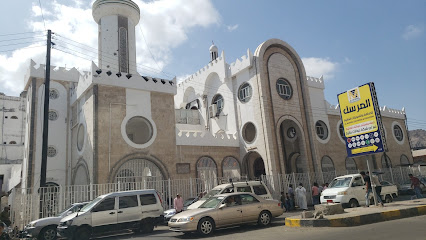
Aden Minaret
1.3 km
Discover the Aden Minaret, a historical gem in Yemen that showcases stunning architecture and rich Islamic heritage.
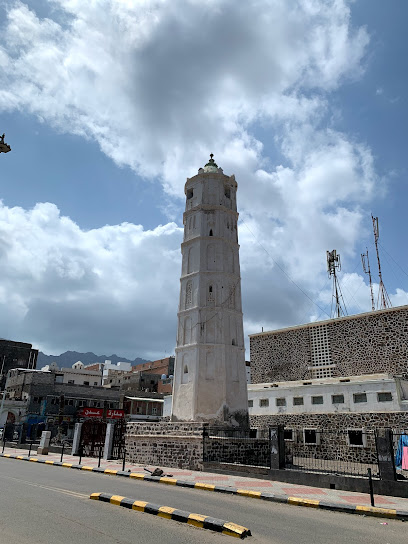
Aden Main Pass Gate (Aqaba)
1.6 km
Visit the Aden Main Pass Gate in Yemen – a historical landmark that showcases the rich heritage and stunning views of this vibrant port city.
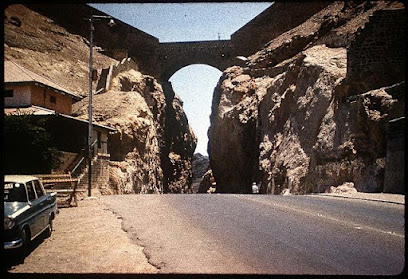
Aden Peninsula
1.6 km
Explore the breathtaking landscapes and rich cultural heritage of the Aden Peninsula, a hidden gem in Yemen's stunning coastline.
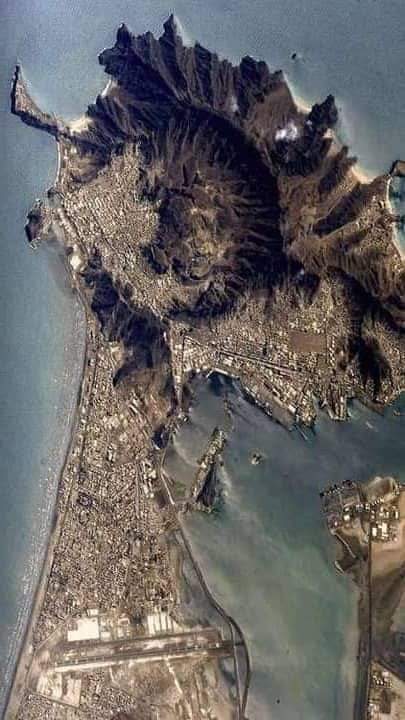
Aden volcano
1.7 km
Discover the breathtaking Aden Volcano, a natural wonder offering stunning views and rich geological history in the heart of Yemen.
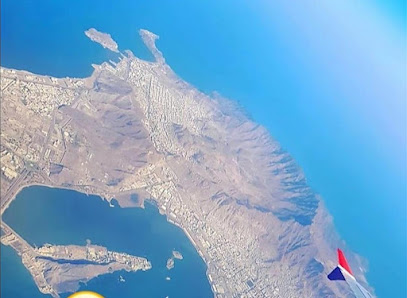
Aden Mall
1.8 km
Explore Aden Mall in Crater, Yemen – the ultimate shopping destination combining local charm and modern retail experiences for tourists.
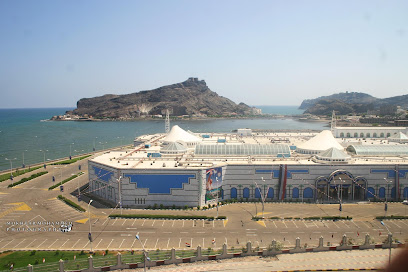
مدينة الملاهي صيرة
1.8 km
Discover the thrill of Aden's City of Amusement Park, filled with exciting rides, family-friendly attractions, and endless fun for all ages.
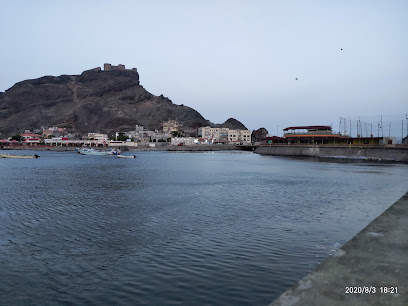
Mgahaah Haj Saif Tea Edenic
2.7 km
Experience the essence of Yemeni coffee culture at Mgahaah Haj Saif Tea Edenic in Aden, where every cup tells a story.
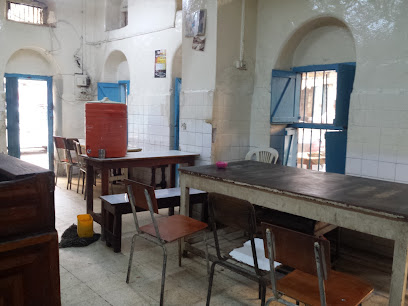
Arabian Sea
3.0 km
Explore the captivating beauty of the Arabian Sea in Aden, Yemen, where adventure and relaxation await amidst stunning coastal scenery.
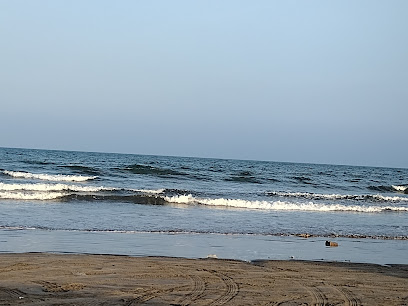
Coral Hotel
3.7 km
Discover unparalleled luxury and comfort at Coral Hotel, your gateway to the wonders of Aden, Yemen.
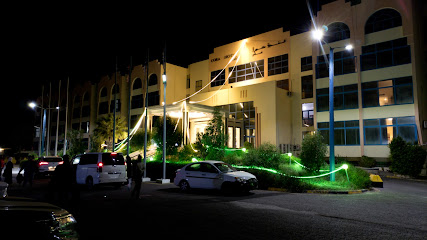
Elephant Bay Beach Resort
4.4 km
Unwind at Elephant Bay Beach Resort - A serene paradise in Aden, Yemen offering luxury accommodations, pristine beaches, and unforgettable experiences.
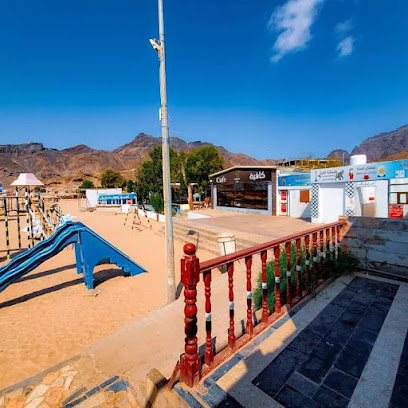
Puerto de Adén
5.1 km
Explore Puerto de Adén, Yemen's historic port city, blending rich maritime heritage with stunning coastal views and vibrant local culture.
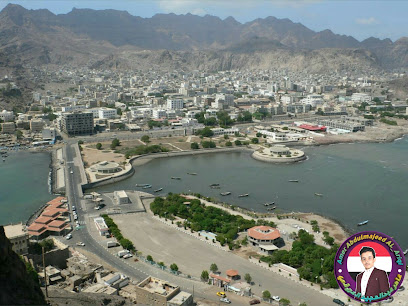
ساحل رامبو
5.3 km
Explore the tranquil beauty of Rambo Beach in Aden, Yemen – a serene public beach destination for relaxation and stunning coastal views.
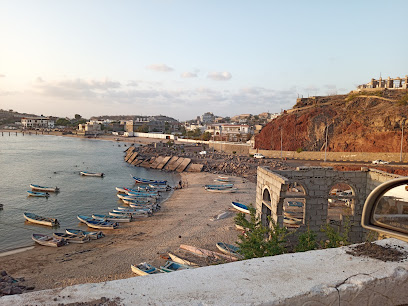
Aden International Airport
5.7 km
Experience the gateway to Yemen at Aden International Airport, where modern travel meets rich cultural heritage and stunning landscapes.
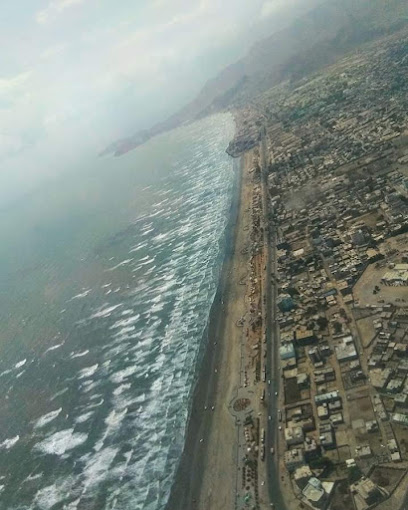
Gulf Of Aden - Kournish Al Al Ghadir
10.5 km
Explore the pristine shores and tranquil waters of Gulf Of Aden - Kournish Al Al Ghadir, a serene beach haven in Yemen.

Unmissable attractions to see
Fun City Park
1.8 km
Explore Fun City Park in Aden, Yemen - a vibrant theme park filled with exciting rides, family-friendly activities, and delicious food options.
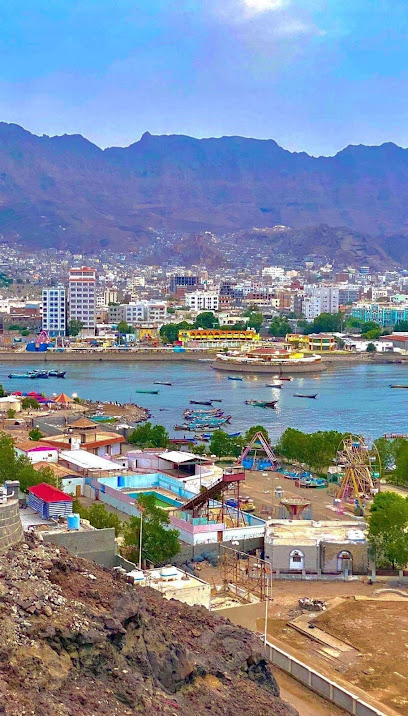
قمة جبل شمسان
1.9 km
Explore the breathtaking heights of Jabal Shamsan in Aden, Yemen, where stunning vistas and rich natural beauty await every traveler.
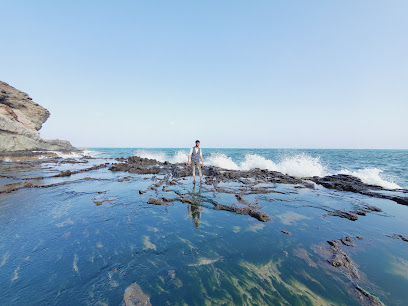
Seera Castle
2.3 km
Explore Seera Castle, a historical fortress in Aden that offers breathtaking views of the Red Sea and insights into Yemen's rich cultural heritage.
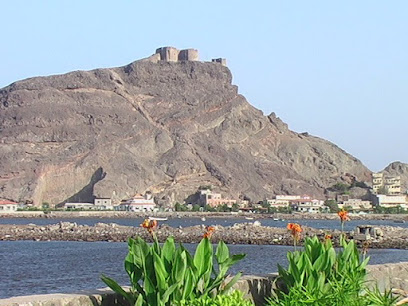
Aden Again Cultural Foundation
3.6 km
Discover the vibrant cultural heritage of Aden at the Aden Again Cultural Foundation, a hub for art, history, and community engagement.

شاطئ جولدمور
4.3 km
Experience the breathtaking beauty of جولدمور Beach in Aden, Yemen, where golden sands and crystal-clear waters await every traveler.
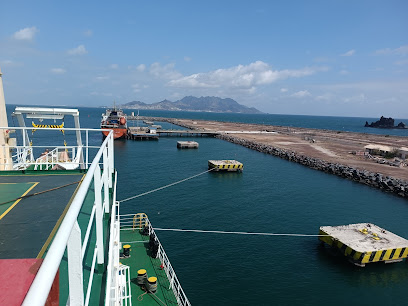
Gold Moh'r Beach. جولد مور
4.6 km
Discover the stunning Gold Moh'r Beach in Aden, Yemen, a picturesque destination for sun and sea lovers, showcasing breathtaking views and vibrant marine life.
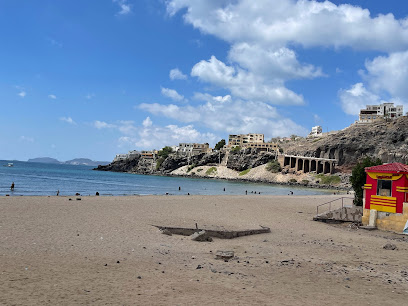
ساحل رامبو
5.3 km
Experience the tranquil beauty of ساحل رامبو, a public beach in Aden, Yemen, perfect for relaxation and cultural exploration.
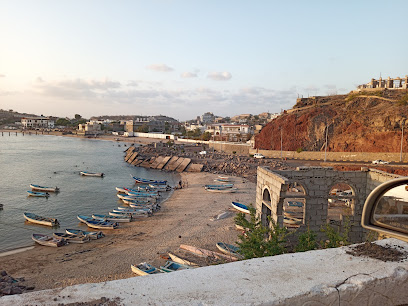
Little Ben Aden
5.4 km
Experience the charm of Little Ben Aden, a historical landmark that showcases Aden's rich cultural heritage and stunning coastal views.

Tourists Quay (Deka)
5.5 km
Explore Tourists Quay (Deka) in Aden, Yemen - a captivating waterfront destination blending stunning views, local culture, and delicious cuisine.
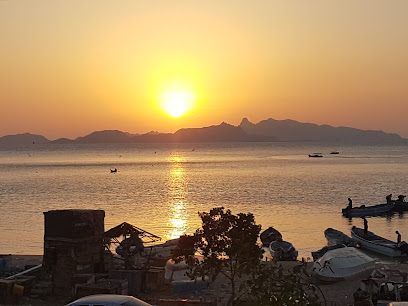
Abyan Coast Park
5.7 km
Experience the beauty and tranquility of Abyan Coast Park, a serene escape along the stunning coastline of Aden, Yemen.
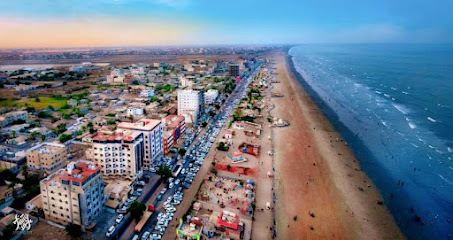
احد البيوت البريطانية القديمة في الفنار
6.3 km
Explore the exquisite Old British House in Al-Fanar, Aden – a historic gem showcasing colonial architecture and rich cultural heritage.
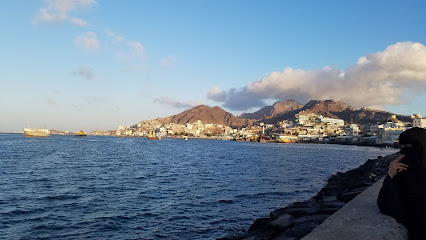
Tiger's Hill Coast
14.5 km
Explore the tranquil beauty of Tiger's Hill Coast in Little Aden, Yemen, a perfect park for nature lovers and serene coastal views.
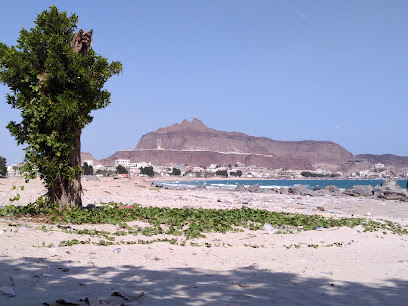
Cornish Little Aden
14.7 km
Explore the serene beauty of Cornish Little Aden, a hidden beach paradise in Yemen with stunning vistas and a tranquil atmosphere.
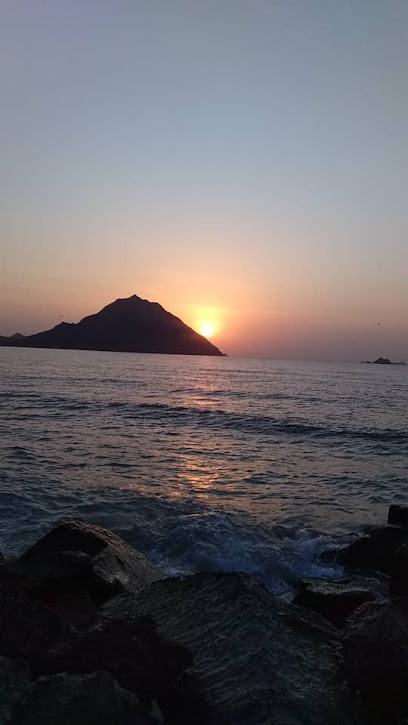
Ghadeer Coast
16.3 km
Experience the tranquility of Ghadeer Coast, a hidden paradise in Little Aden, Yemen, perfect for swimming and beach relaxation.
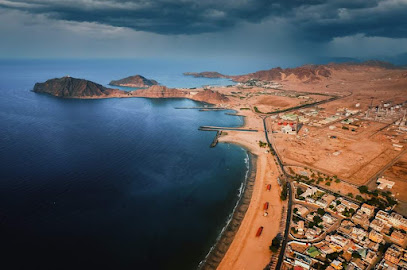
Essential places to dine
مطعم أزال
0.4 km
Discover authentic Yemeni flavors at مطعم أزال in Aden – a delightful culinary journey awaits every visitor.

مطعم بن قاسم للفاصوليا
0.7 km
Discover authentic Yemeni cuisine at مطعم بن قاسم للفاصوليا in Aden—where traditional flavors meet warm hospitality.

Al-Jamaheer Restaurant for rice and fish
0.7 km
Experience authentic Yemeni cuisine at Al-Jamaheer Restaurant with fresh fish and rice dishes that celebrate Aden's culinary traditions.
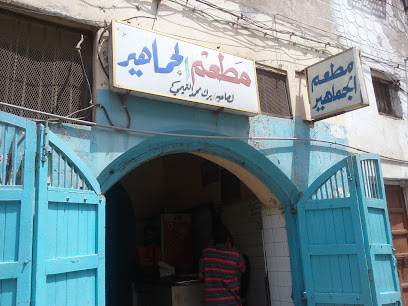
مخبازه الخير
0.8 km
Experience the freshest seafood delights at مخبازه الخير in Aden's Crater district - where authentic Yemeni flavors come alive.

مطعم الميدان
0.8 km
Experience authentic Yemeni cuisine at مطعم الميدان in Aden - where tradition meets taste.
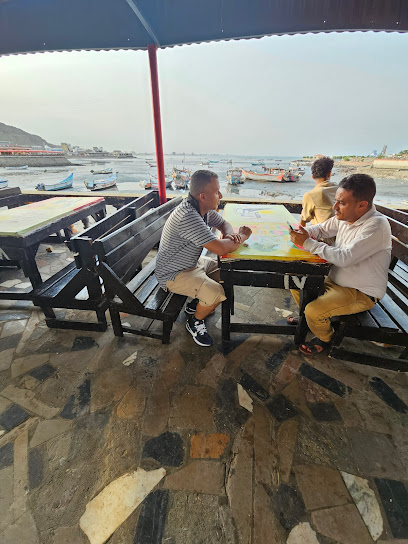
مطعم الشهداء للمحروقات
0.9 km
Experience authentic Yemeni cuisine at مطعم الشهداء للمحروقات in Aden - a culinary gem showcasing rich flavors and vibrant atmosphere.
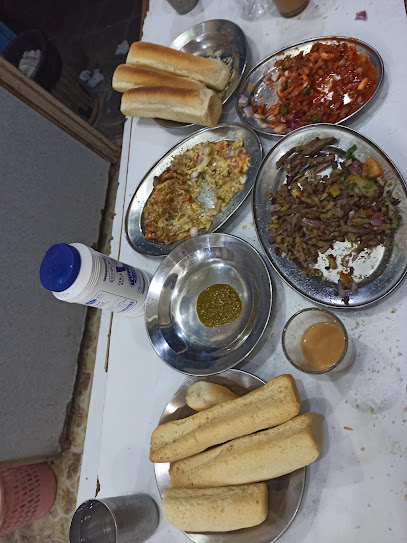
ركن المعلم معاذ الشعيبي
0.9 km
Experience authentic Yemeni cuisine at Rukun Al-Muallim Muadh Al-Shaibi in Aden – where tradition meets flavor in every dish.
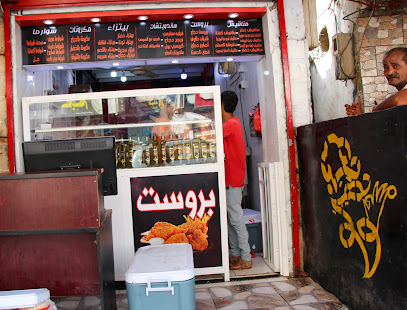
مطعم افتح يا سمسم صنعاء سابقا للزربيان
0.9 km
Experience authentic Yemeni cuisine at مطعم افتح يا سمسم in Aden, renowned for its delicious زربيان and warm hospitality.

معطم آزال السياحي
0.9 km
Experience authentic Yemeni flavors at مطعم آزال السياحي in Aden - where tradition meets taste.

Al Riyan Restaurant
0.9 km
Discover authentic Yemeni cuisine at Al Riyan Restaurant in Aden – a delightful spot for food lovers seeking local flavors.
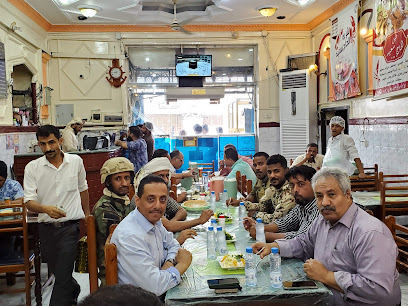
معصوب ابو زيكو
1.1 km
Savor authentic Yemeni flavors at معصوب ابو زيكو, where tradition meets fast food in the heart of Aden.
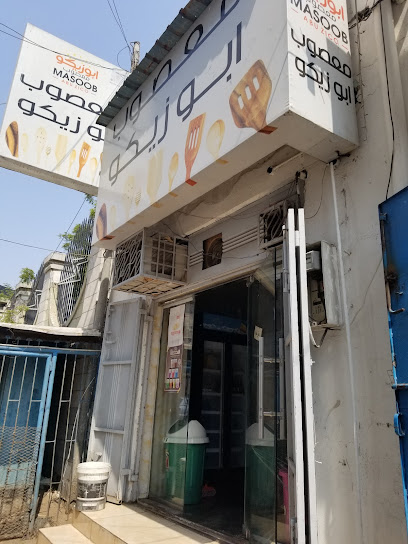
مطعم
1.2 km
Experience authentic Asian cuisine in Aden's vibrant Crater district with flavorful dishes that transport your taste buds across continents.

هــكــرز عــربــي H_K_Z00@
1.7 km
Experience authentic Hakka cuisine at هــكــرز عــربــي H_K_Z00@ in Aden - a culinary journey that celebrates tradition and flavor.

الصافية
1.7 km
Experience authentic Yemeni brunch at الصافية in Aden - where tradition meets flavor in every bite.

مطعم وكفتريا المستقبل
1.7 km
Discover authentic Yemeni cuisine at مطعم وكفتريا المستقبل in Aden - a culinary gem showcasing local flavors and hospitality.

Markets, malls and hidden boutiques
Gulf Mall
0.8 km
Explore Gulf Mall in Aden, Yemen - your ultimate shopping and dining destination with a blend of local culture and modern amenities.
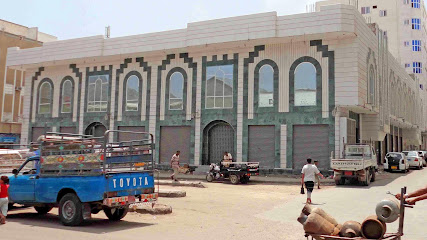
توينس للتحف والهدايا
0.8 km
Explore توينس للتحف والهدايا in Aden for unique Yemeni souvenirs and gifts that capture the essence of local culture and craftsmanship.
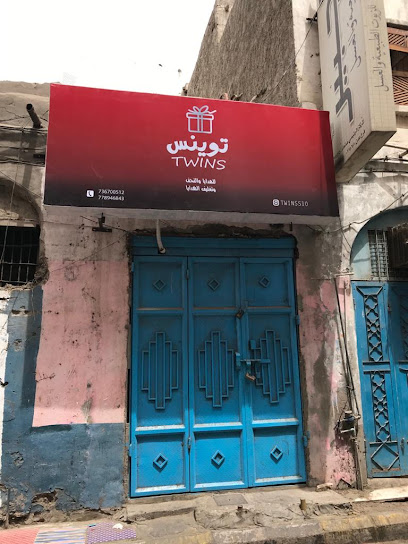
مركز السلام للزينة والتحف والهدايا
0.9 km
Discover unique Yemeni handicrafts and souvenirs at مركز السلام للزينة والتحف والهدايا in Aden, where culture meets craftsmanship.

محلات اليمن التجارية -باحكوم
0.9 km
Discover a diverse range of beauty products at محلات اليمن التجارية - باحكوم in Aden, where local charm meets international quality.

almaha group for perfumes and cosmetics
1.0 km
Discover the charm of Yemeni beauty at Almaha Group for Perfumes and Cosmetics in Aden – a treasure trove for fragrance and skincare enthusiasts.

عدن ستايل
1.0 km
Explore the vibrant fashion scene at عدن ستايل, a unique clothing store in Aden, Yemen, offering local designs and cultural treasures.

متجر giftyy
1.0 km
Explore Giftyy in Aden, Yemen – a unique store offering handcrafted souvenirs and local treasures that reflect the rich Yemeni culture.
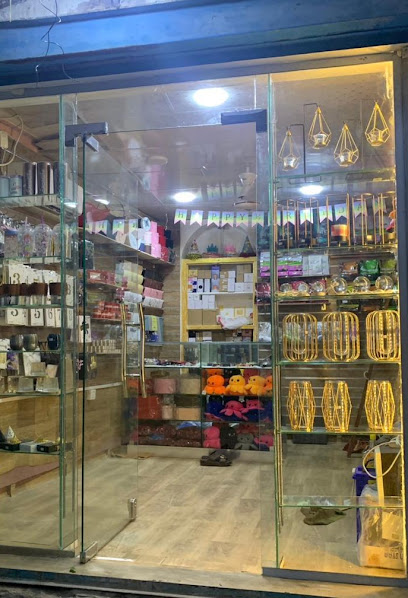
عبود غير لتخفيضات
1.1 km
Explore عبود غير لتخفيضات, the go-to beach clothing store in Aden, Yemen, for stylish beachwear and accessories to enhance your coastal adventures.

عدن
1.2 km
Discover Aden's vibrant shopping scene, where traditional markets meet modern retail, offering unique treasures and delightful local cuisine.
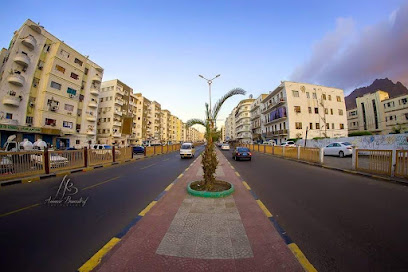
العـامـِر مـول
1.2 km
Explore Al-Ameer Mall, a vibrant shopping haven in Aden, Yemen, offering diverse shops, delicious dining, and a lively atmosphere for all ages.
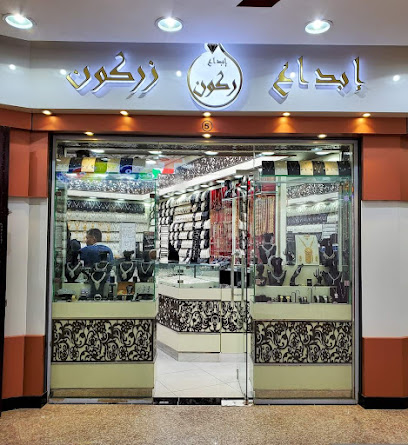
مازن الحاج لصياغه وتوزيع الذهب والمجوهرات
1.7 km
Explore the exquisite craftsmanship of Mazen Al-Haj Jewelry in Aden, Yemen – a treasure trove of gold and unique handcrafted pieces.

هافانا لاقمشة الكنب والستائر والاكسسوارات
1.7 km
Discover unique home decor and exquisite craftsmanship at Hafna Furniture Store in Aden, Yemen - a paradise for furniture lovers.

الصالحي لتجارة
1.7 km
Explore الصالحي لتجارة in Aden for essential health and wellness products, offering a glimpse into local life while catering to tourists' needs.

لمسات الخليج للهاتف الجوال
1.7 km
Explore the latest in mobile technology and electronics at لمسات الخليج للهاتف الجوال in the vibrant سوق عدن الدولي, Aden.

Selfez Store
1.7 km
Explore the charm of Yemen at Selfez Store, where unique handcrafted souvenirs capture the essence of Aden's rich culture.

Essential bars & hidden hideouts
PERFUME BAR
1.1 km
Explore the aromatic world of Perfume Bar in Aden, where traditional craftsmanship meets modern fragrance artistry.
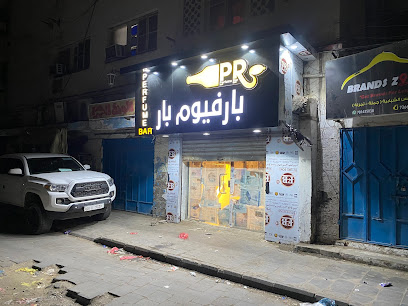
عبدالله للشيشة (اجود انواع الشيشه)
4.4 km
Discover the authentic hookah experience at Abdullah Al-Shisha in Aden, Yemen, where flavor and culture blend seamlessly.

شيشة مخصصة للشباب
6.9 km
Experience the youthful energy and diverse flavors at Aden's favorite hookah bar, perfect for social gatherings and relaxation.
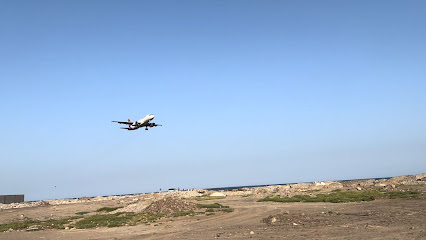
Yemen Getaway
8.7 km
Discover Yemen's hidden treasures with Yemen Getaway, your trusted tour operator for unforgettable experiences in Aden and beyond.
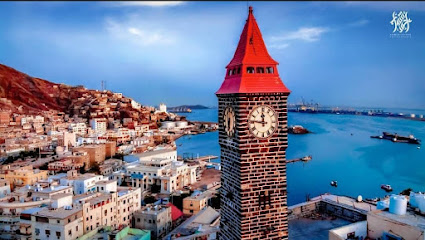
الحمادي للبهارات
10.2 km
Discover the rich flavors of Yemen at الحمادي للبهارات, a unique bar offering an authentic taste of local spices and drinks in انماء.

الرعد لزينة السيارات
10.8 km
Discover the lively ambiance of الرعد لزينة السيارات, a premier bar in Shaykh Uthman, Yemen, offering a unique blend of local culture and refreshing drinks.

بلك 29
10.9 km
Discover the lively and inclusive atmosphere at بلك 29, a premier gay bar in Shaykh Uthman, Yemen, perfect for socializing and enjoying nightlife.

شارع الخط الاحمر B5
11.2 km
Discover the vibrant cocktail scene in Shaykh Uthman, where innovative drinks and a lively atmosphere await every visitor.

كفتيرياالامتياز
11.4 km
Discover the vibrant atmosphere and local flavors at كفتيرياالامتياز, a top-notch bar in Shaykh Uthman, Yemen.

ورشة ابو اسامه السامعي
11.5 km
Discover the essence of Yemeni culture at ورشة ابو اسامه السامعي, a vibrant bar in Shaykh Uthman offering local drinks and lively atmosphere.

قاعة الأمل للافراح والمناسبات
11.6 km
Experience the joy of celebrations at قاعة الأمل, a premier venue in Shaykh Uthman, Yemen, known for its vibrant atmosphere and exceptional service.

كشك وحشي للتمبل
11.6 km
Discover the vibrant atmosphere of Kiosk Wahshi, a local bar in Al-Huswah, Yemen, where culture meets refreshing beverages.

بهارات الأخوين
11.8 km
Experience the vibrant nightlife of Shaykh Uthman at بهارات الأخوين, where local flavors meet international drinks in a cozy bar setting.
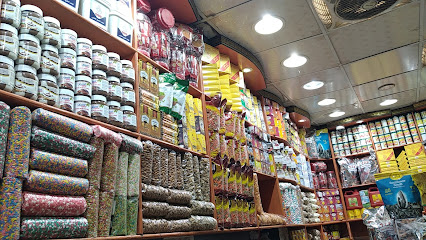
محمد
13.4 km
Discover the vibrant nightlife and local flavors at Muhammad Bar in Shaykh Uthman, Yemen, a perfect spot for relaxation and connection.

حلويات علي سعيد
13.9 km
Discover the sweet taste of Yemen at حلويات علي سعيد, where every dessert is a celebration of local flavors and hospitality.




